Off the beaten path in Caldes de Malavella
You might or you might not remember when I visited and wrote about Caldes de Malavella, a little town in Northern Spain. If you are still not familiar with its name, trust me, now you will not forget it.
I revisited the town in March after just half a year. It does not happen to me to go again to the same place as I always choose new places to explore (the only two exceptions are probably Barcelona and Slovakia). But like I said after my initial visit, it was love at first sight with me and Caldes de Malavella.
In March I decided to get to know the town better. After my first very short visit there back in September 2012 I knew about at least tons of things I wanted to do in the town and surroundings. The initial 6 things to do in Caldes were just not enough to satisfy my soul.
History
Staying again in the very cool Balneari Prats hotel, I started revisiting one of my favorite places in Caldes – the Roman baths. In Costa Brava it was the Greeks who first started to build their bath houses to find balance between both body and mind. They built gymnasiums along the coast and then the Romans came and started building 3 types of pools – frigidarium with cold water, tepidarium with lukewarm water and caldarium with hot water.
We can see the remains of one of these Roman baths Aquae Calidae in the centre of Caldes de Malavella. It was the Romans who made the baths famous all around the world. It was also the Romans who realized the value of the hyperthermal and bicarbonated waters rising from the volcanic earth here in Caldes.
Then my friends took me to the tourist centre. I didn’t even know there was one in such a small town.
There I learned a famous legend of the town. A rich woman who seemed to have a deal with a devil was scaring the citizens when collecting the taxes. They called her la malvada mujer or mala vieja (mala-vella) where the name of the town originated – Malavella. Now every year last weekend of April the town throws a party to the wealthy woman that was behind the town name.
During my stay in Caldes de Malavella we also visited the Bookstore just a minute walk from Balneari Prats where I was able to scroll through El Crit de la Selva – an old book with notes from history of the town. Parts of former newspapers with photos and articles create the book where I found out that the healing properties of thermal water were used for public here already in 1845. And that they also had electricity and running water in the houses at that time!
Archaeology
I forgot to mention that the tourist office is located in a medieval house. We walked around it and once again I realized why I loved the old architecture so much. I could also enter the exhibition about Camp dels Ninots – Camp of the Dolls which got its name due to many volcanic stones of different shapes found in the field that the children used to play with (ninot = doll.)
The little museum about the history of the Camp of the Dolls is open now only Sundays after the town tour. I was able to enter it on a different day anyway to take photos.
Back in 1992 different bones in the sediments of a former lake were found and it was when the first excavations began here. The field belonged to a peasant and once it used to be a volcano crater. Its crater shape can be still visible if you look at Camp of the Dolls from further. The investigations proved it was the water full of minerals that conserved the animals so well in the crater for 3.5 million of years after they were killed by the toxic gas from the volcano.
Nowadays only certain parts of the year the excavations are done by the archaeologists at Camp of the Dolls and the rest of the year the soil is cultivated in a normal way.
Maximum to the depth of just 3 metres below the surface is where various skeletons have been excavated, such as turtles, bovines, frogs, rhinoceros, or a 300 kg tapir indicating the subtropical climate in the area million years ago.
Now the museum explains the excavation process with photos and videos so far in Catalan only. Just the replicas of the excavated skeletons are in the museum, the originals are in the University of Tarragona where the archaeologists can dedicate to their project better.
Architecture
To be honest with you, I love to get to places where others won’t. Being a travel blogger sometimes does give me a chance to enter hidden gems and find out all about them.
One of them was also Ermita de San Mauricio, a little hermitage/church we could enter. Esteve, an older keeper, opened it for us and walking with an umbrella narrated the history of the church. It was dark and rainy and the weather fit the legend of the place. The church was built using the stones from a former Castillo de Malavella – Castle of Malavella, where the so called Mala Vieja, the rich bad woman I talked about already, used to live. The basalt ruins of the castle with a volcanic chimney dating back to 12th century are still here while the church stays still as if it was only built a few years ago.
Many colourful paintings have been conserved inside the church explaining its history and why it got its name Saint Maurice – after a general of Roman legions who was decapitated for his defense of Christianity. A statue resembling the Saint stands in the church. San Mauricio, thus called in Spain, was supposed to live just next to the church where the ruins of a little house or a room remain nowadays.
There’s also a really magical place just outside – a wall with Saints, flowers and candles where Christians come to pray.
Every year the inhabitants of Caldes de Malavella and probably some tourists come to visit the Saint Maurice Church on the 22nd September to celebrate its Saint day with a special dance and family BBQs. All the other days of the year the church is unfortunately closed.
If you are into little off the beaten path churches, I can recommend another one I visited – Ermita de San Sebastian all white inside. So cute with 2 chairs in there and an impressive overgrown house next to it.
PS: San Narciso water bottle factory in Caldes de Malavella is also cool!
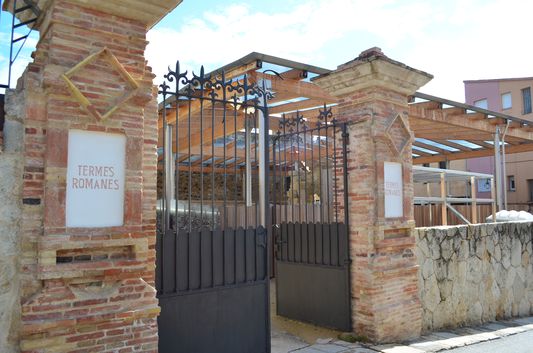
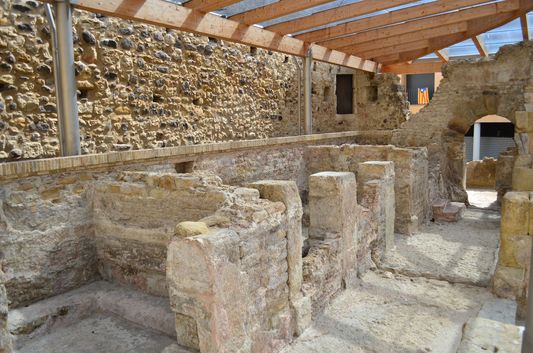
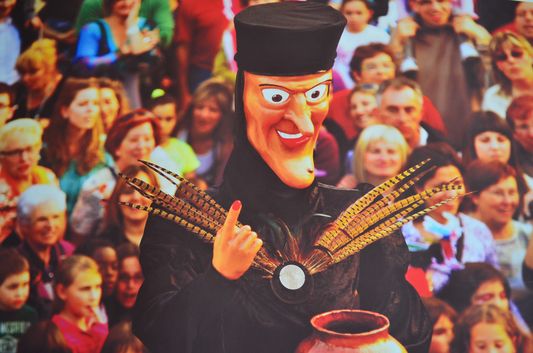
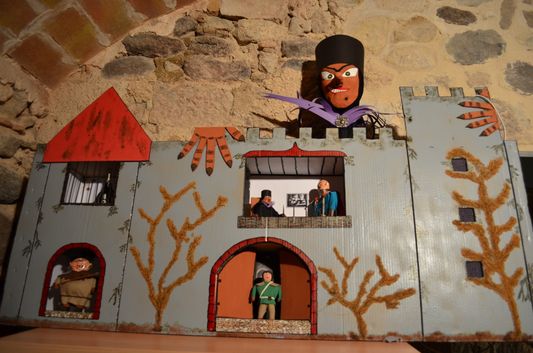
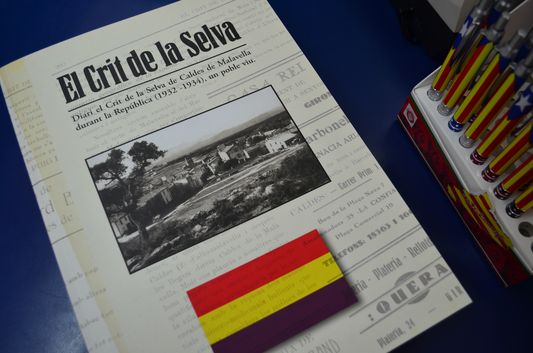
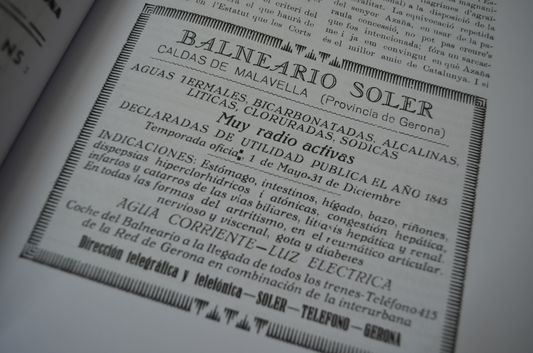
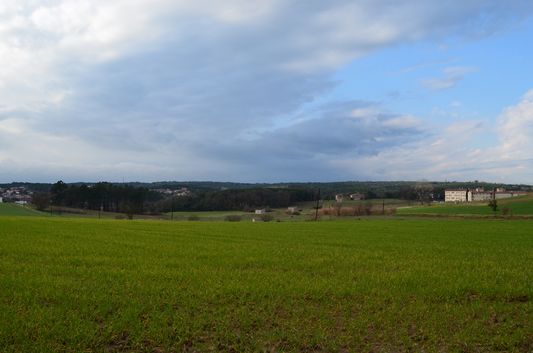
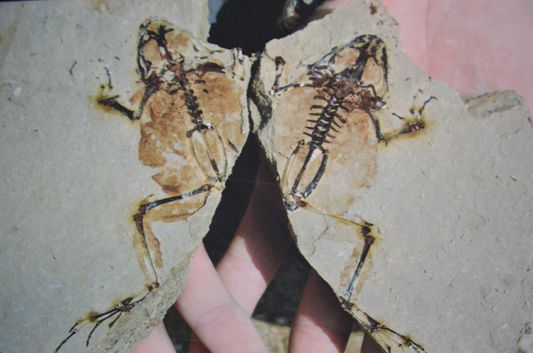
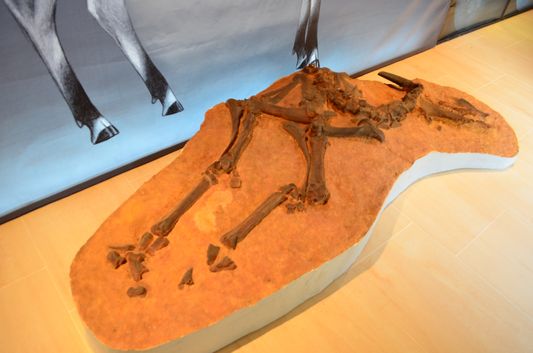
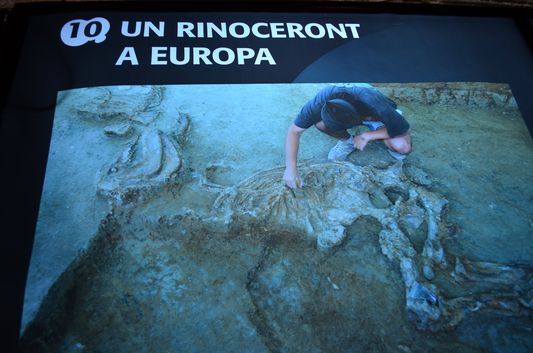
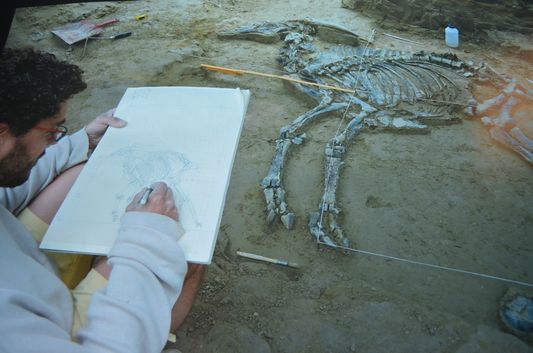
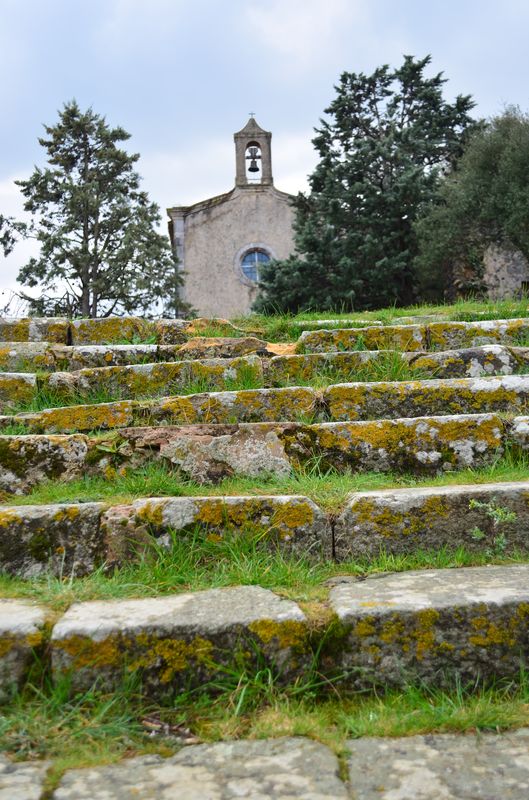
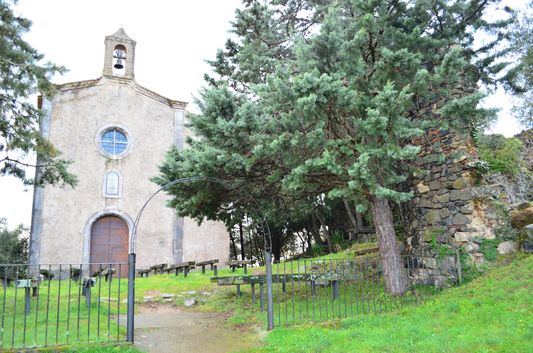
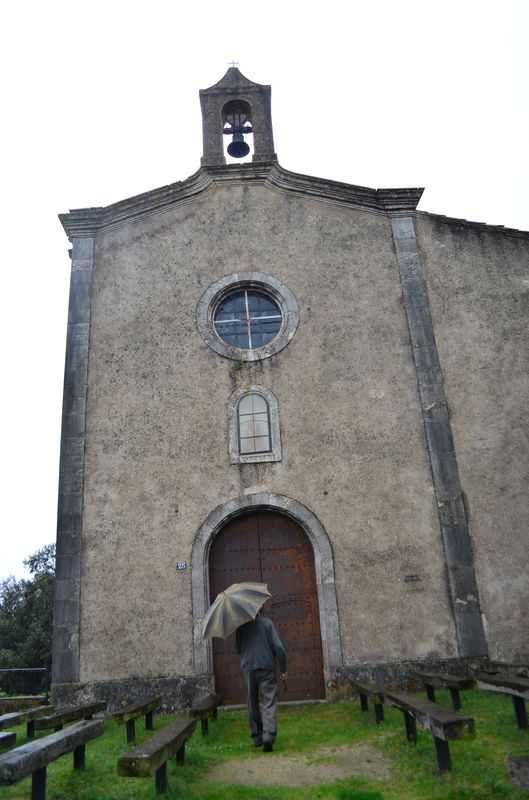

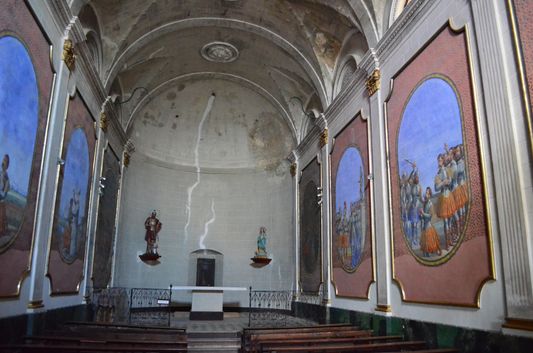
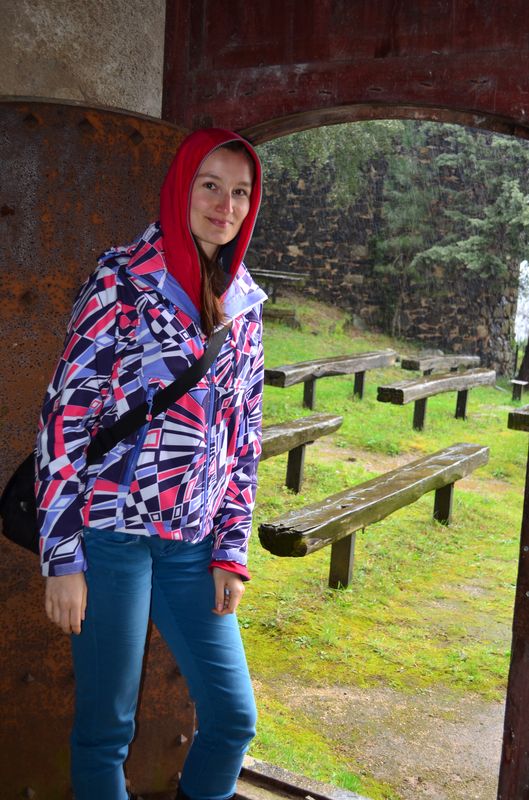
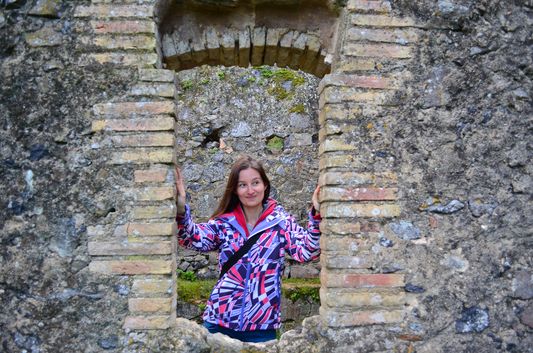
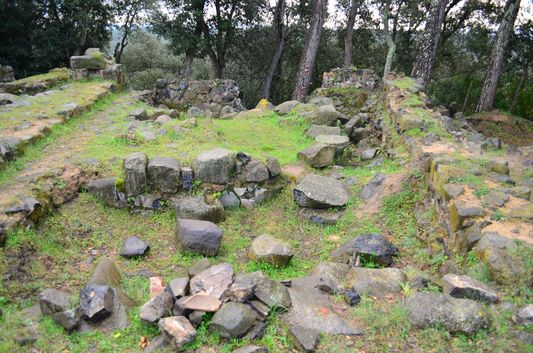
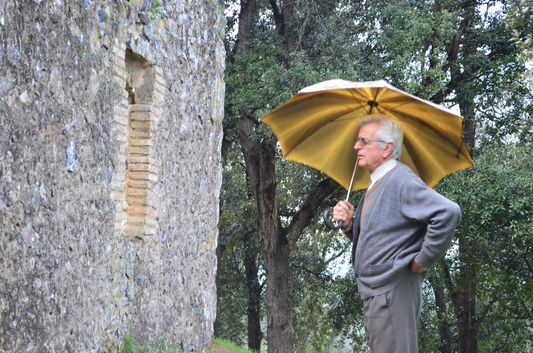
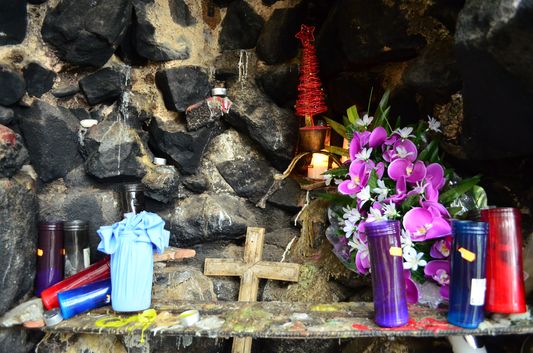
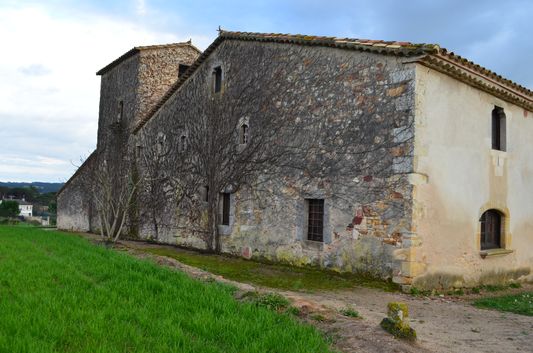
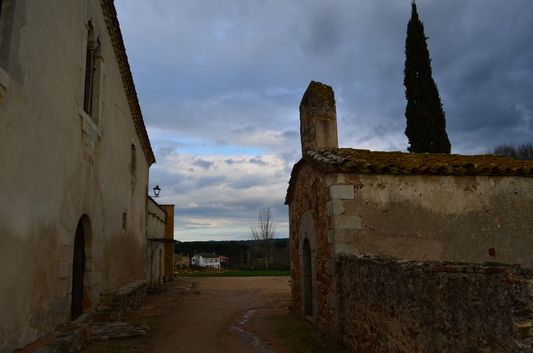
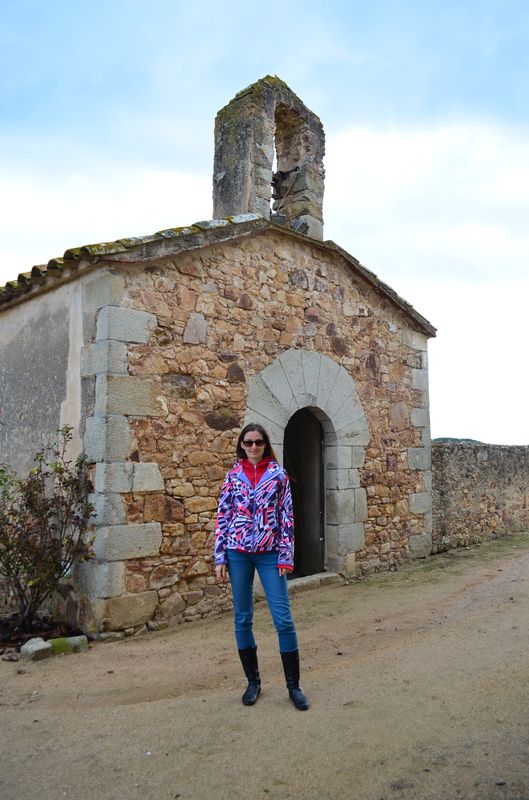
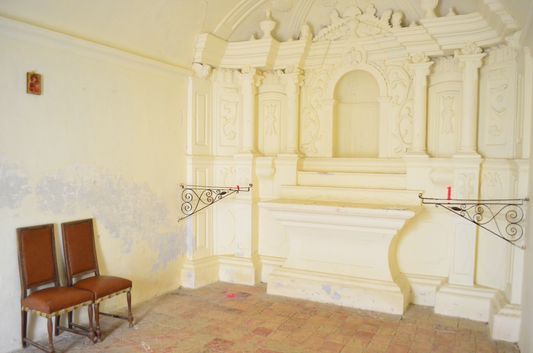
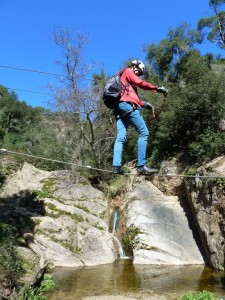
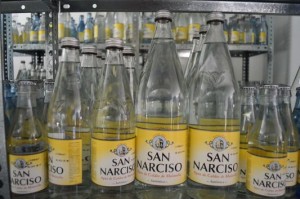
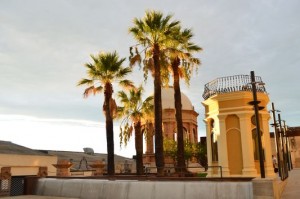
Wilford K. Goodman
| #
When we started walking around Caldes de Malavella, I had no idea I was going to leave with my mouth open. Historic buildings are something I cannot get enough, no matter where I visit. And Caldes? There is a stunning historic building or a church everywhere you look! All those little side streets could show you some. Modernist Pink House (Casa Rosa), Casa Punxes, Sant Grau hermitage church or Villa Quintana at St. Stephen’s square to name a few.
Crazy Sexy Fun Traveler
| #
I know what you mean. I felt the same when walking in Caldes. Every single building is beautiful.